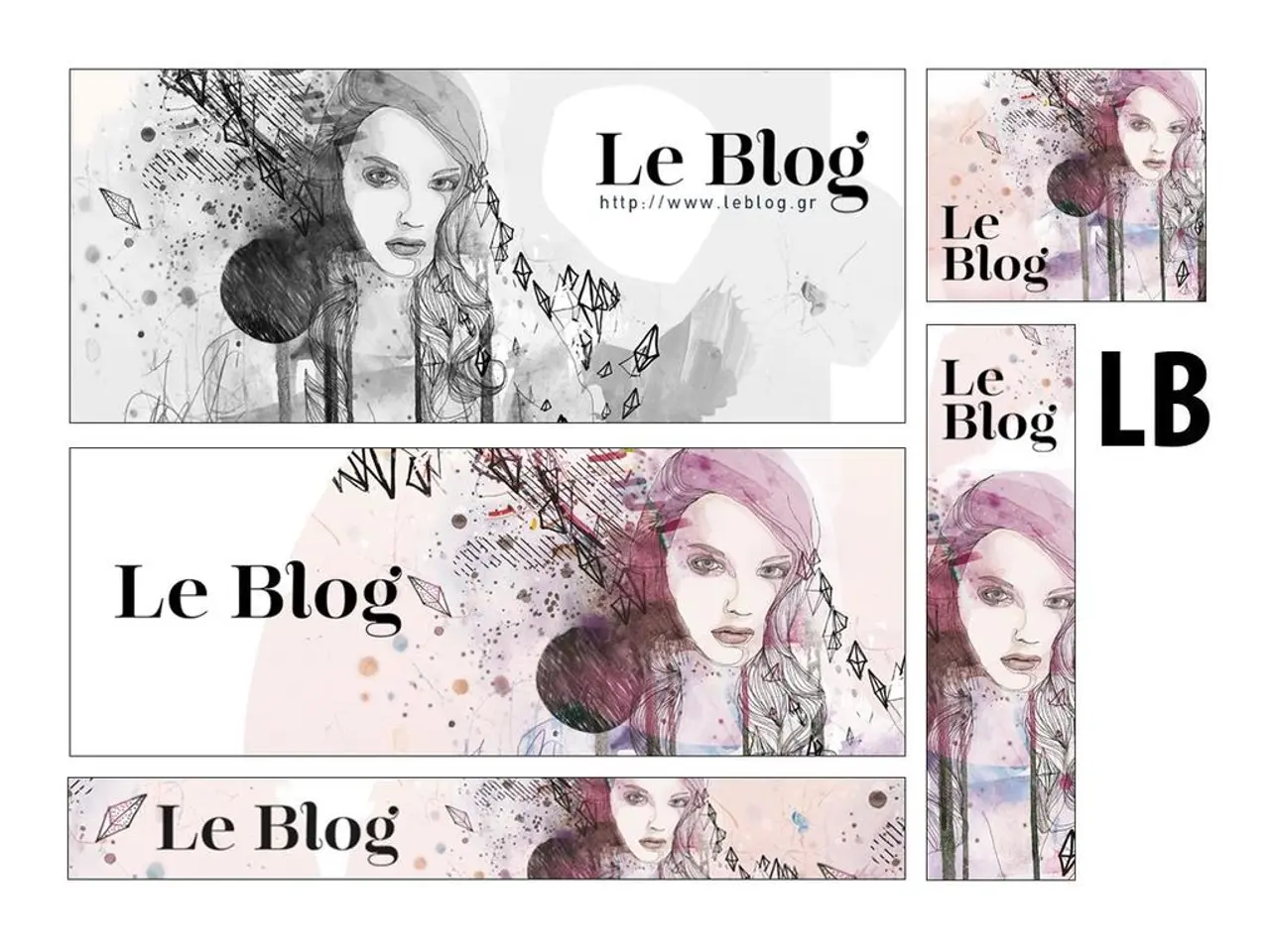Unmasking the Hidden Bias in Artificial Intelligence Image Creation: Its Significance Explored
In the rapidly evolving world of artificial intelligence (AI), a concerning trend has emerged: AI learning from images found online can inadvertently perpetuate harmful stereotypes, particularly when it comes to the depiction of women.
AI image generators, which utilize pixel embeddings to recognize patterns and create new images, have demonstrated sexist and racist tendencies. These biases can be traced back to several factors related to the training methods and datasets used for unsupervised learning.
One significant issue is **dataset bias**. AI models are often trained on large datasets that reflect historical and societal biases. These biases are inherited from the data, leading to skewed representations of different groups. For instance, datasets may lack geographical diversity, leading to an over-representation of certain groups and under-representation of others.
Another factor is **algorithmic design**. Algorithms may optimize for predictive accuracy without considering fairness, unintentionally reinforcing existing biases in the data. This can lead to models that perpetuate stereotypes and biases.
The societal context in which AI models are developed and deployed also plays a role. Models reflect the broader social norms and stereotypes prevalent in the society from which their data is sourced.
The consequences of these biases can be far-reaching. In the realm of image generation, AI may stereotype and misrepresent certain groups, depicting them in ways that reinforce common stereotypes. For example, AI models may portray certain professions or roles predominantly with white males or females based on gender.
Moreover, AI models may systematically erase or demean certain groups, contributing to further marginalization. If the training data is skewed, these pixel embeddings will reflect and amplify those biases.
To mitigate these biases, it is crucial to curate diverse datasets, implement fairness-driven training, and regularly audit AI outputs with human oversight. The goal is to develop and utilize AI responsibly, aiming to create a more equitable and inclusive future.
The bias in AI image generation can have significant implications, affecting various aspects of life such as hiring processes and law enforcement. For instance, AI-powered systems in hiring processes, if trained on biased data, might unfairly discriminate against certain demographics based on factors like gender or race.
In law enforcement, biased AI could lead to wrongful arrests and perpetuate existing inequalities within the justice system. For example, when presented with a cropped image of a woman, AI is more likely to depict her in revealing clothing, while when shown a cropped image of a man, AI is more likely to complete the picture with him wearing a suit.
To combat these issues, greater transparency from companies developing AI models is needed, allowing researchers to scrutinize the training data and identify potential biases. Organisations like the Partnership on AI, a multi-stakeholder organisation working to ensure AI benefits people and society, are playing a crucial role in this endeavour.
Further reading can be found in articles such as "An AI saw a cropped photo of AOC. It autocompleted her wearing a bikini" (MIT Technology Review) and "Semantics derived automatically from language corpora contain human-like biases" (Science Magazine).
As we navigate the future of AI, it is essential to address these biases and strive for a more equitable and inclusive world.
AI models, in the process of utilizing pixel embeddings to recognize patterns and create new images, have shown a tendency to perpetuate biases that trace back to dataset bias and algorithmic design. For instance, AI models may depict certain professions or roles predominantly with white males or females, reflecting societal biases and stereotypes, which can have far-reaching implications such as affecting hiring processes in the future.




